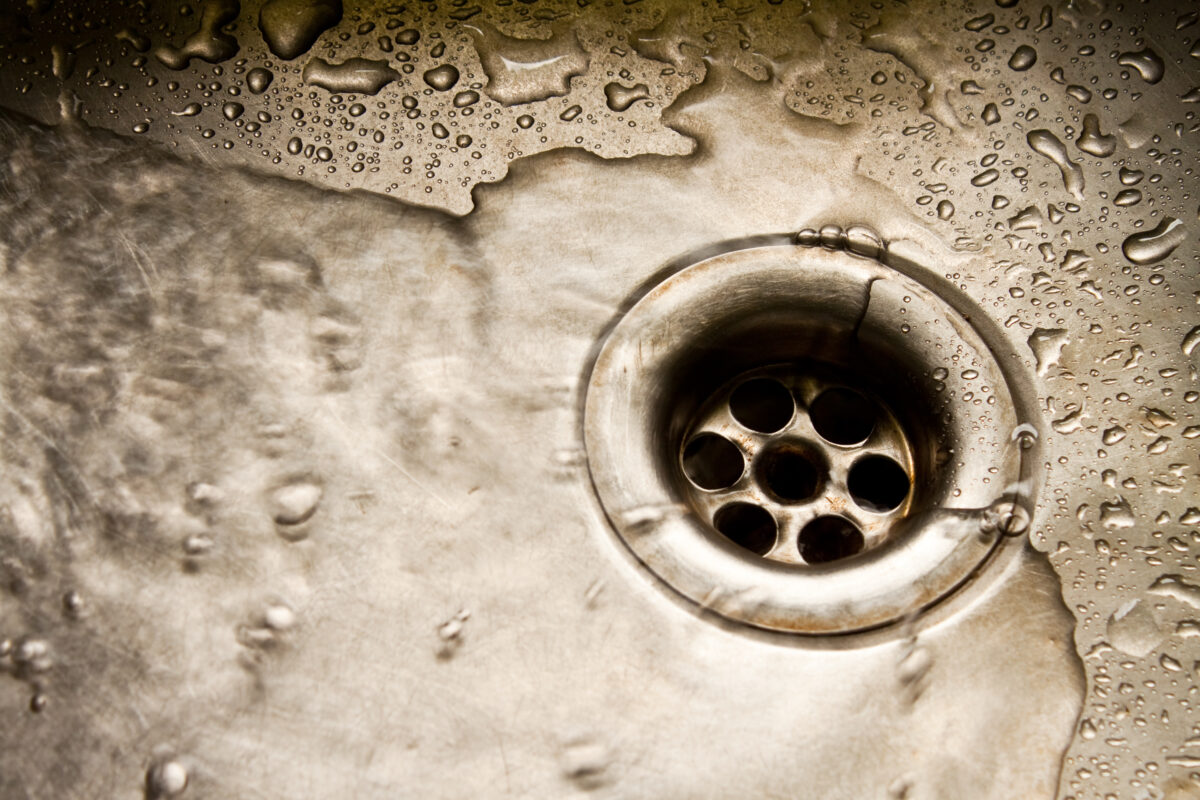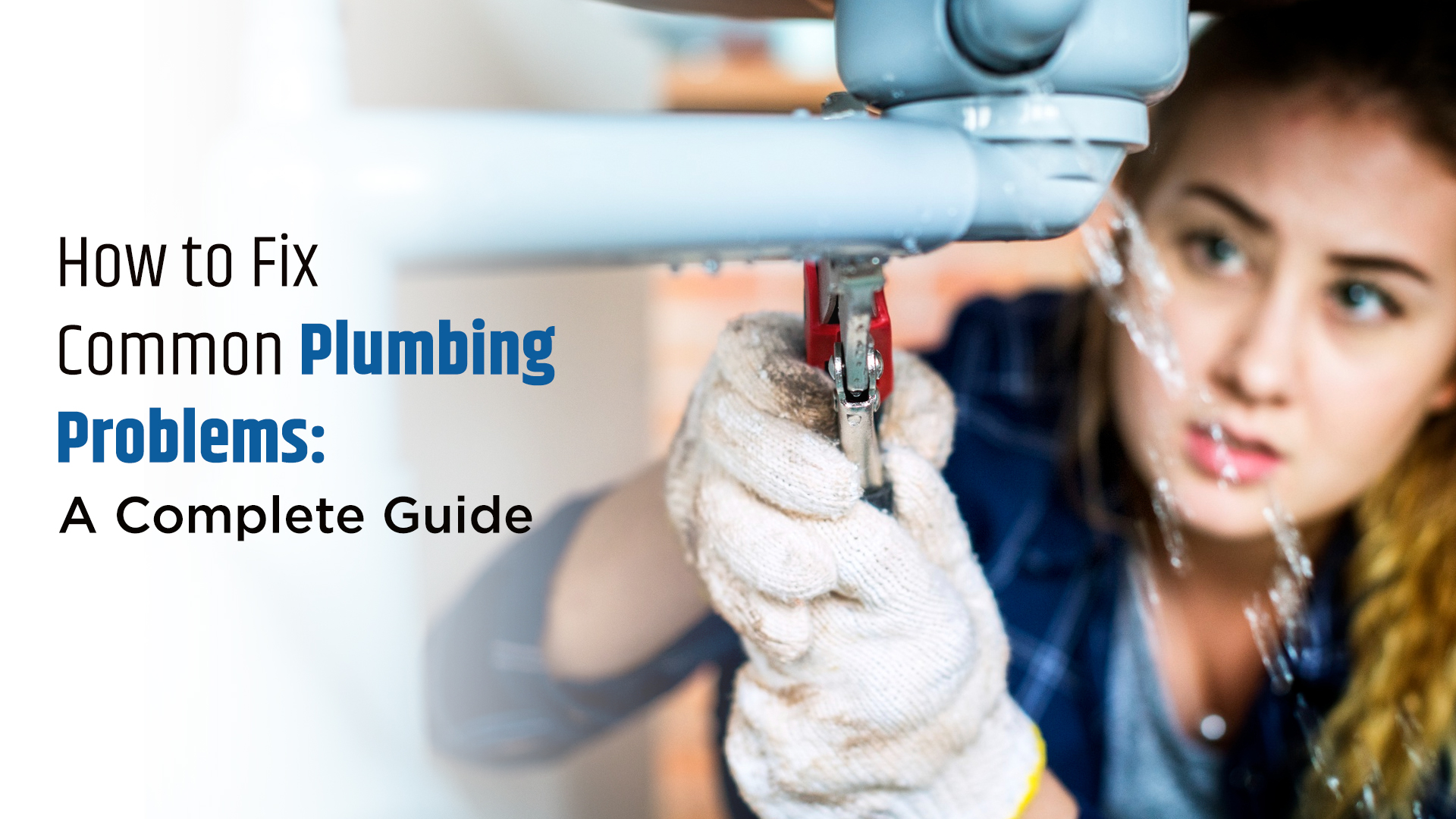That drip under the sink. That sound of a toilet constantly running. Most people know these plumbing issues all too well. They are common in every home.
Learning to handle minor repairs is a useful skill. It can save you time. It can also save money. This guide provides clear steps for fixing pipes and other common problems. We focus on practical solutions you can do yourself.
Safety is the most important first step. Always locate your main water shut-off valve before beginning any work. This guide will help you understand how to address several frequent issues. For more complex problems, calling a professional plumber is the best course of action.
Common Problem #1: Clogged Drains and Toilets

A clogged drain is a very common issue. You’ll notice water draining slowly or not at all from a sink, shower, or toilet.
Start with a plunger. It’s the simplest tool and often solves the problem. Make sure you have a tight seal over the drain and push firmly. If that doesn’t work, try a drain snake. This flexible tool can reach deeper into the pipe to break up or grab the clog. For kitchen sinks, avoid chemical cleaners. Instead, use a mix of hot water and baking soda. This can help break down grease buildup.
If several drains clog at the same time, call a professional. This usually means the main sewer line is blocked, and fixing it requires special tools.
Common Problem #2: Dripping Faucets
Dripping faucets are more than just an irritation. It wastes water and may increase your utility cost.
The most common reason of a leaky faucet is a tiny internal component that has worn out. Over time, plastic seals and rubber washers frequently deteriorate or fail. It is usually easy to repair. First, shut off the water supply valves beneath the sink. The faucet handle should then be gently disassembled. Before you begin, take a picture to aid with reassembly. Find the broken piece and put in a new one. These parts are cheap and you can buy them at any hardware store.
Common Problem #3: Running Toilet
A running toilet is a common problem. You will hear water constantly running or refilling in the tank long after flushing.
This is almost always caused by something inside the toilet tank. The two most common parts that fail are the flapper and the fill valve.
The flapper is a rubber seal at the bottom of the tank. If it gets damaged, water leaks into the bowl, but it’s easy and cheap to replace. The fill valve controls the water level. If the float is too high, water runs into the overflow tube. Lower the float arm slightly to stop this.
Common Problem #4: Low Water Pressure
Low water pressure is a common problem. It makes rinsing dishes or showering take longer. It is because the water comes out weakly from the faucet or showerhead.
This problem often has a simple cause. Mineral deposits from hard water can build up inside the fixture. The small holes that water flows through become blocked. This reduces the flow and causes low pressure.
Fixing this is usually easy. For a faucet, remove the aerator. Soak it in vinegar to eliminate mineral buildup, rinse it, and reinstall it. Fill a plastic bag with vinegar and place it over the showerhead. Secure it with a rubber band to soak.
Verify if the issue affects the entire house or just a single fixture. Cleaning the aerator should help if it’s only one tap. If the pressure is low everywhere, the issue may be more serious.
Whole-house low pressure may indicate a problem with the main shut-off valve. It could also be an issue with the pressure regulator. The entire property’s water flow is managed by these parts. They need to be adjusted or repaired with the proper equipment and knowledge.
In these situations, it’s best to call a qualified plumber. They can diagnose the issue correctly and repair the main supply line. They are capable of fixing your primary supply line.
Common Problem #5: Leaky Pipes
Leaky pipes are indicated by a moist patch on a wall or a tiny puddle beneath a sink. One of the most prevalent plumbing problems in a house is this one. Significant water waste can result from even a small leak. It can also harm your walls, floors, and cabinets over time. Leaks must be addressed as soon as possible.
Leaks frequently occur at the areas where pipes join. These connectors may fall free. Also, old pipes may rust or corrode. A pipe may occasionally develop a tiny crack as a result of being struck or freezing in cold conditions.
You can try a simple fix for a small leak. First, find the shut-off valve for that area and turn the water off. Dry the pipe completely. You can use special tape for pipes. Wrap it tightly around the leak. There is also a putty that can seal small holes. These are good temporary fixes.
It is important to know that tape or putty is not a permanent solution. It is a way to stop the water until you can make a real repair.
A real repair means fixing the pipe the right way. This often involves cutting out the damaged section. You then put in a new piece of pipe. This job requires special tools. You might need to solder. it uses heat to seal a joint. This can be dangerous if you do not know how to do it safely.
Contact a plumber if the leak is large or you are unable to locate it. They have the necessary equipment to locate concealed leaks. They can make permanent repairs. Correct pipe repair the first time avoids more issues later.
Common Problem #6: Faulty Water Heater
It’s easy to spot issues with your water heater. You may hear odd rumbling sounds coming from the tank or suddenly run out of hot water. Several simple checks can be done safely. First, ensure the power switch is on for an electric unit. For a gas heater, verify the pilot light is lit.
Sediment buildup is a common cause of noise and inefficiency. Minerals in water settle at the bottom of the tank. Flushing the tank once a year can help. This involves connecting a hose to the drain valve and letting water flow out until it runs clear.
Repairing the heater’s internal pipes and parts is difficult and even hazardous. It entails handling electrical systems, gas lines, or high pressure.
Contact a professional for any issue that goes beyond routine inspections and flushing. A qualified plumber can safely make repairs and make an accurate diagnosis. If the unit has to be replaced, they can also offer advice.
Conclusion
Many plumbing problems in your home can be resolved by you. Easy solutions can clear a clogged drain or halt a flow. You can avoid more serious issues by using this knowledge. Recognizing when a work requires a professional is also a smart move. Certain repairs call for either specialized equipment or intricate work. The safest option for these tasks is to call a qualified plumber. Many common problems can be avoided with good behaviors. Be mindful of what you put in the sink. Locate the water supply’s primary shut-off valve.
Paying attention to little improvements is beneficial. It is more difficult to fix pipes after major damage has occurred than it is to fix a tiny leak right away. Many problems can be avoided with a little effort now.



